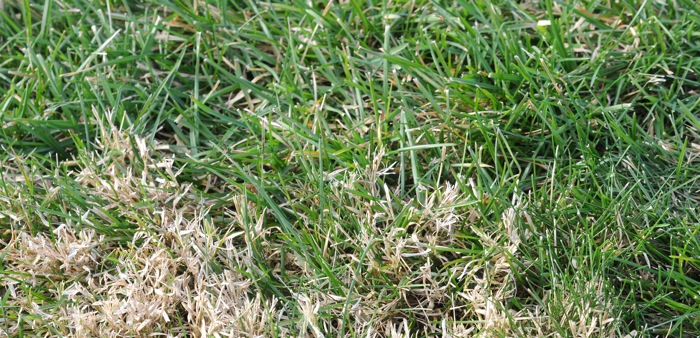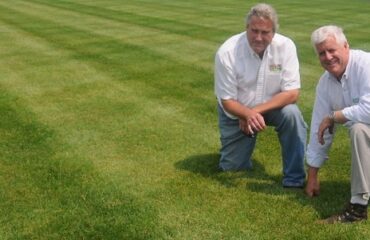One of the true opportunities that come with January freeze is the opportunity to actually walk you lawn and take inventory. That’s right, inventory…the kind you do with other interests home and office, but in this case things you definitely won’t want to keep for the new year once you know you have them.
We’re talking about noxious weeds, of course, and not the broadleaf varieties that you treat to remove come spring and summer…dandelions, plantain, buckhorn, etc.
In this case we’re actually talking about varieties of unwanted “grass”, that looks green in the summer, that robs your desirable turf varieties of water and nutrients, and then turns brown in the winter while its roots migrate and expand underground.
The most notable of these is called “Nimblewill”, and it’s common throughout Ohio and the Midwest. And true, it does look like other turf varieties during the growing season, but off-color (blue-green) compared to preferred grasses like rye, fescue and bluegrass. But in winter it turns a tan color (see above photo) and is easily spotted.
The other, of course, is “crabgrass”, and you’ll be more aware of it through the growing season because it tends to grow laterally, as well as vertically.
But winter is an excellent time to spot both, make a note for treatment come spring, and remove these from your lawn.
In the case of crabgrass, it’s an annual that depends on seed germination in March and April. It’ll typically show up in June, July, and August, the hottest months of the season. Pre-emergent applied in March works best in terms of long-term, systemic control.
Nimblewill is different. It’s a perennial that grows from the roots and the best way to wipe it out is with periodic treatments of a product called “Tenacity”. This is a post-emergent chemical that actually turns Nimblewill and other undesirables, like Poa Annua, white as it goes away.
Again, you may overlook both because they’re green and blend in during the growing season. But they stick out like a sore thumb during winter and easy to detect. So take a walk on your lawn now, make some notes, and plan to have a cleaner, healthier turf come April and the coming season.
It’s inventory season!




